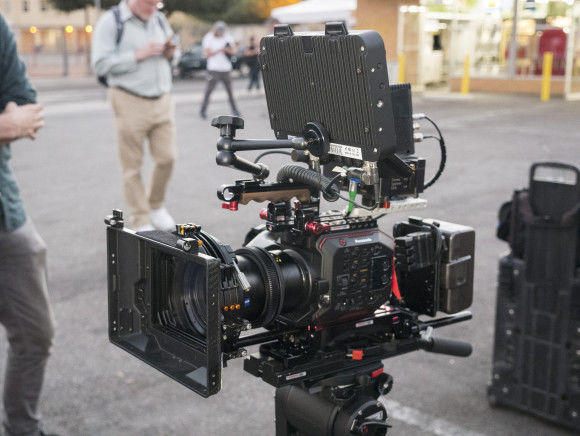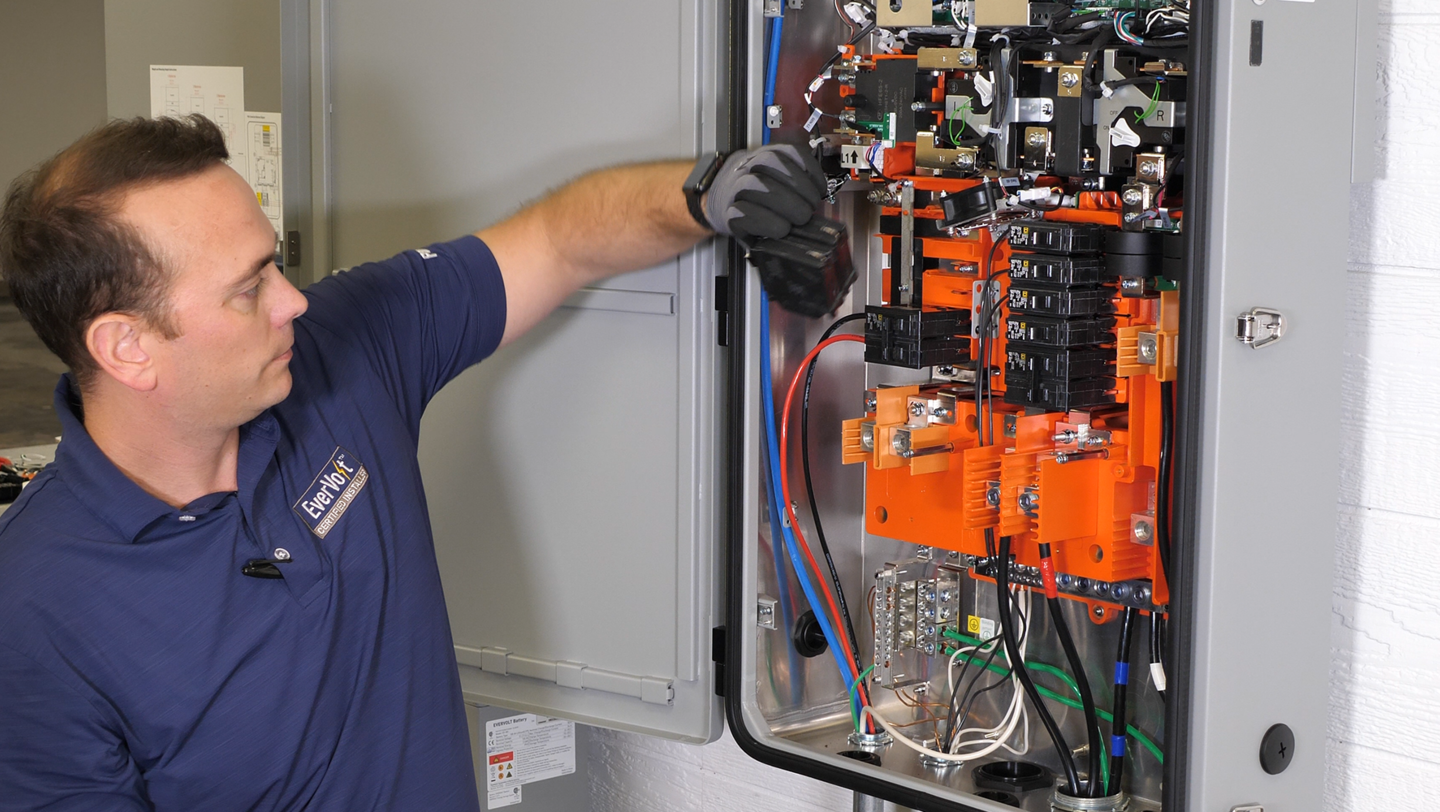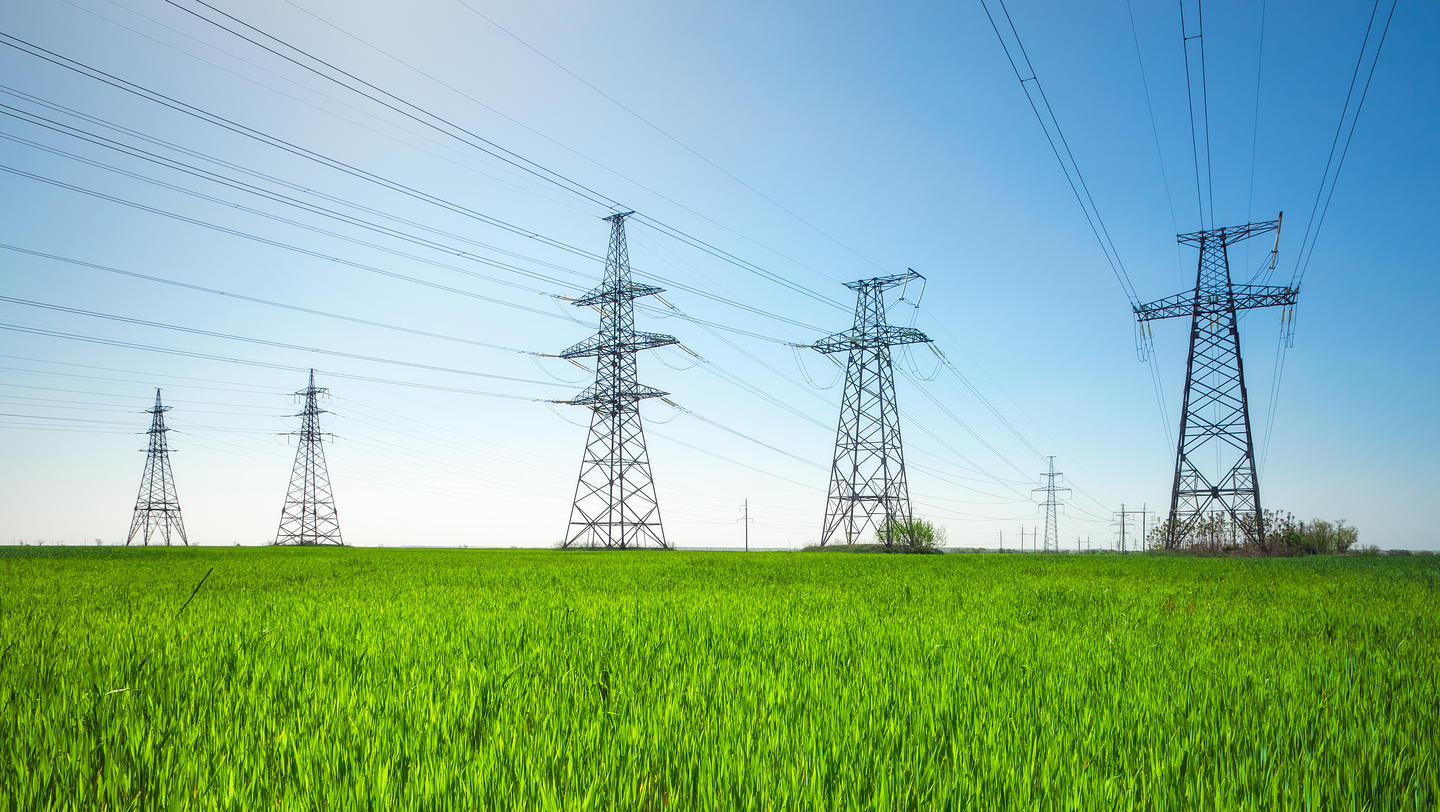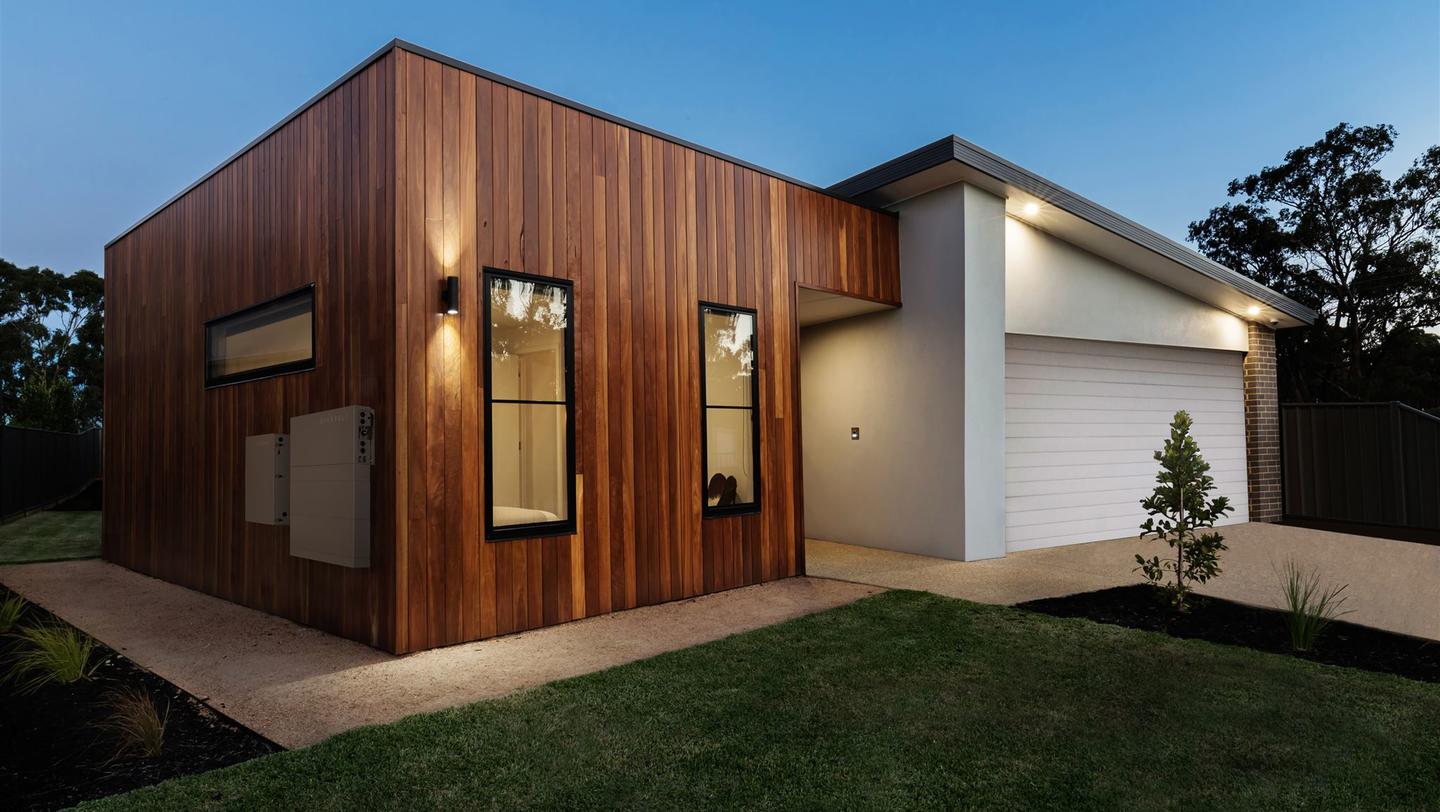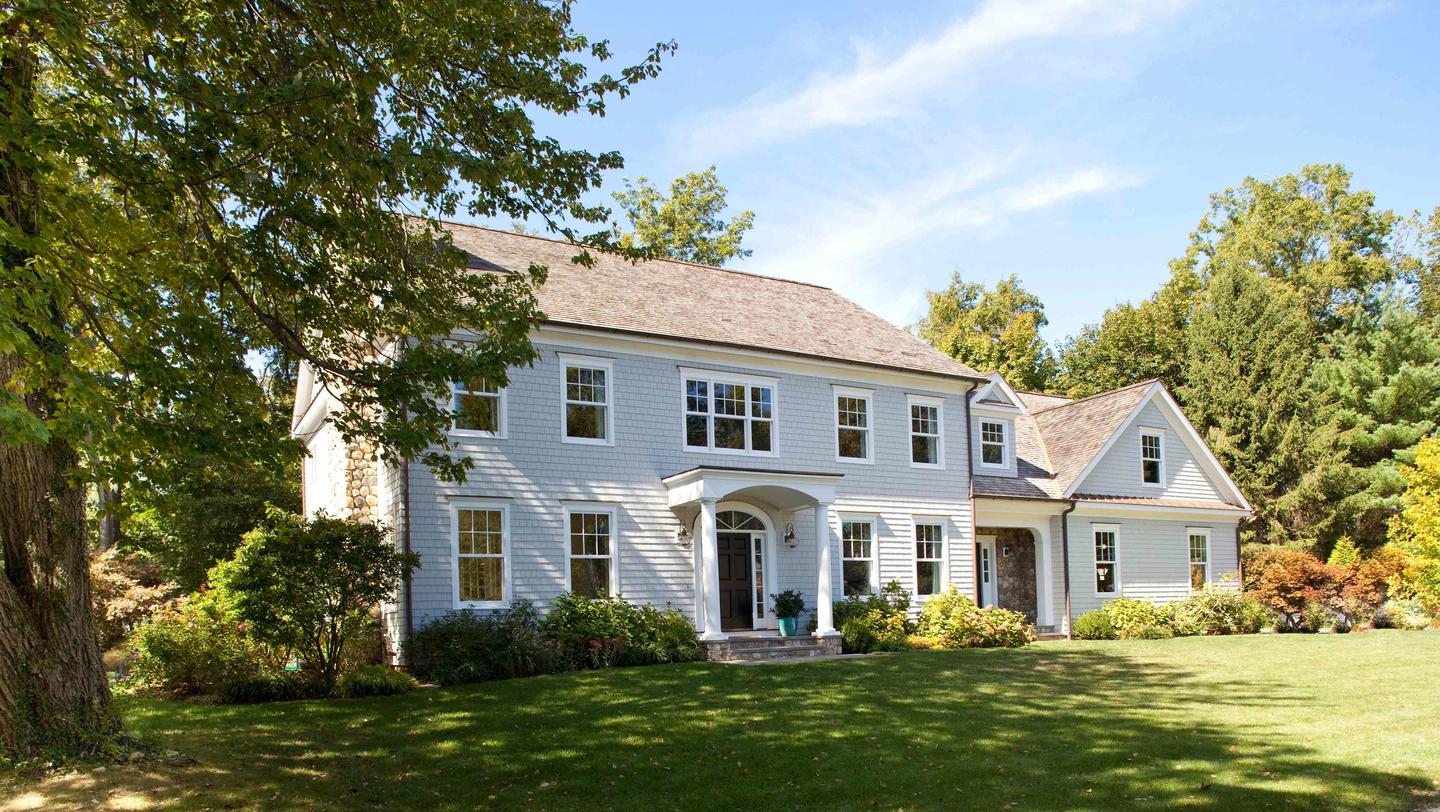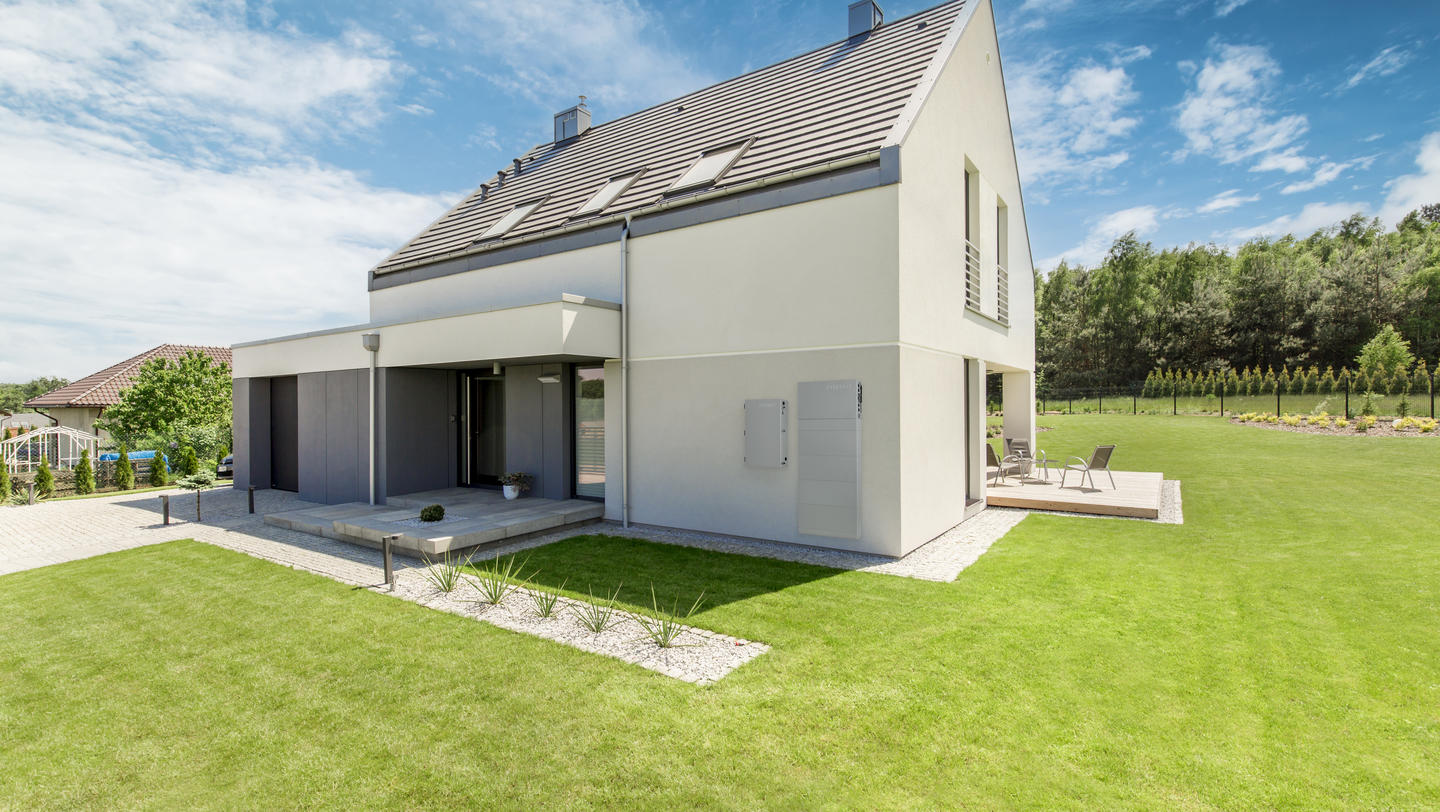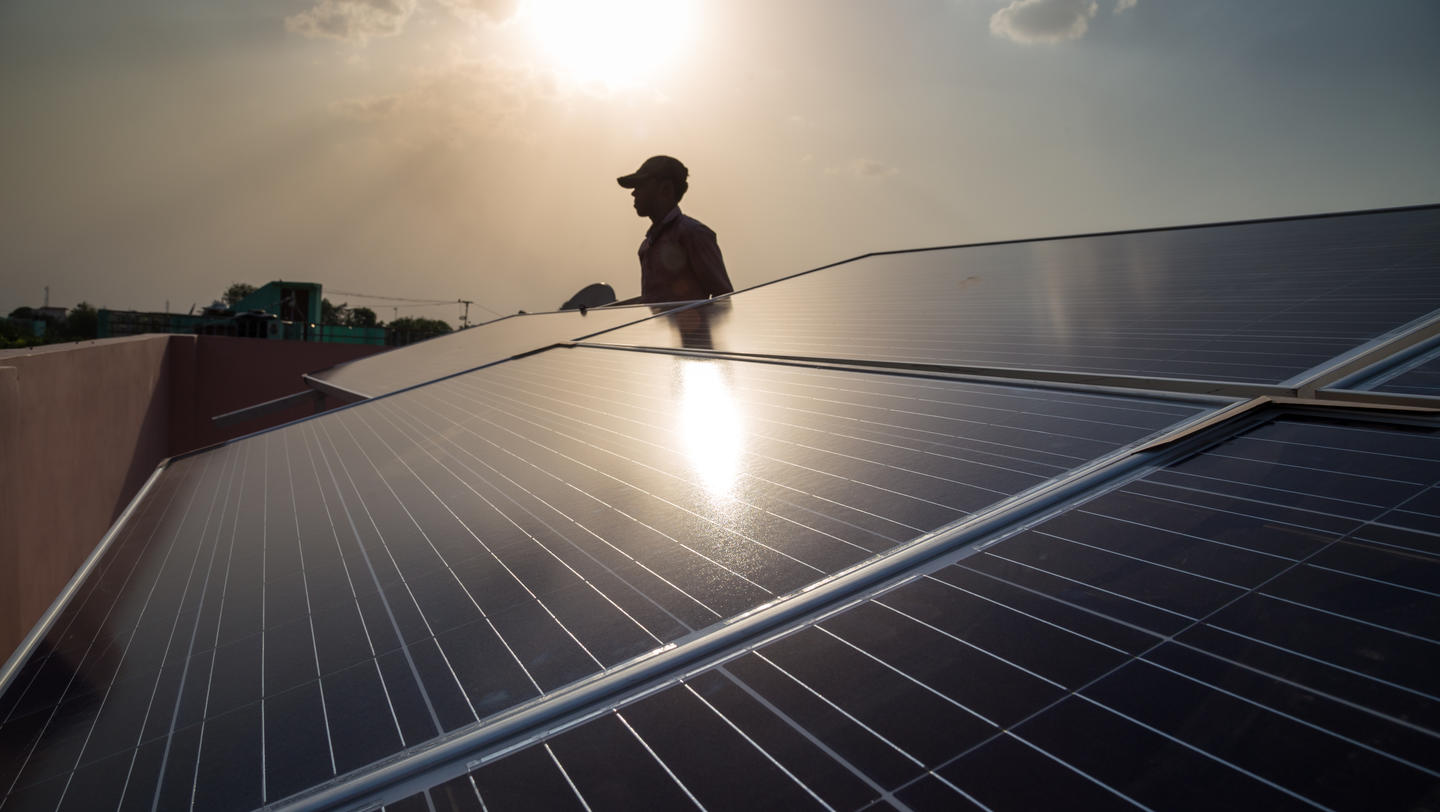DP Johnny Derango captures Radio 88 with the AU-EVA1
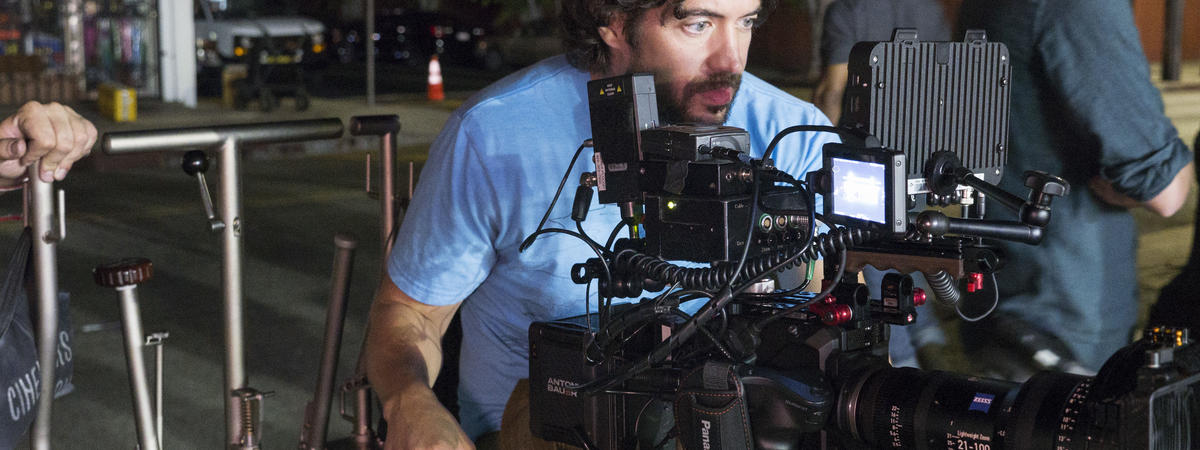
DP Johnny Derango captures Radio 88 with the AU-EVA1
5 minutesCinematographer Johnny Derango came out to Los Angeles in 2002 after graduating from Columbia College Chicago. Before turning 25, he already had a number of feature films, television shows, and commercials under his belt.
In 2016, Derango was at the SXSW Film Festival with a feature film he had shot, Small Town Crime, and while attending the festival, he attended a VariCam workshop with DP Shane Kelly (Last Flag Flying, Boyhood) and was greatly impressed. “I was gearing up to do a pilot that I was executive producing and shooting for [actor/director] James Lafferty, and I thought about using the VariCam,” says Derango. “I took the cameras out on the shoot and I had an incredible experience. It’s the least lighting I’ve ever done on a project. It was very run-and-gun, but we still wanted the aesthetic of a real show and it turned out great.
Derango became the first U.S. cinematographer to test out the new 5.7K AU-EVA1. Radio 88, which Derango both shot and produced, tells the story of a young DJ, Angie DeFozzio (Cyrina Fiallo), who communicates with her dead father, Danger Dickie DeFozzio (Jeremy Ratchford), that she plans to blow up the radio station at the conclusion of its final broadcast at midnight. On the same night, a young musician, Fontaine (Paul Holowaty), is kidnapped and held hostage in a laundromat by a bank robber (Efren Ramirez) and finds a way to escape to get his record to Defozzio before midnight.Derango shot the project using two EVA1 cameras. “With this script, I thought it would be a cool exercise for the EVA1 because the environments are so different,” explains Derango. “The radio station has a warmer look to it with fantasy elements with Angie having conversations with her deceased father. I thought it would be an interesting stylistic approach to light it moody and play with the appearance of the ghost, yet still trying to make the environment look real. There’s also a laundromat with mostly overhead fluorescent lights, and night exterior running scenes with only practical city lights. The challenge was to take all three pieces and marry them together.”
For the look of the short, cinematographer Robert Richardson, ASC’s work was a key influence. “Bringing Out the Dead (1999) is a piece that I really liked as a visual reference. While discussing the look with gaffer Mateo Gonzalez, that was the film that I went back to for developing the Danger Dickie scenes in the radio station. I researched how Richardson created his signature blown out back/top lights. He used [Tiffen] Black Pro-Mists, so I used Black Pro-Mists, which is the first time I had ever used the filters. It gave me a great effect, which helped tie into the story.”
With the EVA1, Derango captured AVC Intra 10-bit 422 Long GOP (150-Mbps) files in 4K DCI at 23.98-fps. He also captured in V-Log and monitored his footage in Rec 709.
Even though the film takes place entirely at night, Derango reveals that he did not shoot at 2,500 ISO, but instead dialed down from 2,500 to 1,600. Shooting his character running down a street lit with practical street lamps, Derango felt he had enough light, even at 1,600. “The challenge for lighting is slightly diminished because you have the ability to light with smaller units, especially for an indie production,” says Derango, on EVA1’s Dual Native ISO capability. “If I’m on a big set and I can put up condors with big lights to light a night scene that’s great. If I’m shooting a smaller indie film, and I don’t have the availability to get a condor or big lights, the fact that I can shoot at 2,500 ISO and feel good about the image while shooting under natural streetlights and getting pops here and there with a few Par cans, that’s really beneficial.
“When I was at the laundromat,” continues Derango, “I couldn’t get the camera in the space I wanted to because the space between the aisles was too tight so I had to shoot on a 14mm. After seeing the footage, I wasn’t happy with how close the camera was to our subjects and there was a bit of keystoning in the image. I went back and cheated the bench further off and took the camera way back across the laundromat. I then rated it at 800, rolled it down to 500, and shot at a T2.8-4. It really helped the scene.”
For lenses, Derango shot primarily with Zeiss Otus lenses. “I was a little skeptical about using the Otus lenses off the bat,” says Derango. “They’re still lenses and if you don’t have an AC who is technically proficient pulling focus on a still lens, it can be quite challenging. Thankfully, my incredibly talented first AC, Derek Plough, was able to pull without any issues. The glass itself is gorgeous. [Zeiss Sales Manager] Snehal Patel told me that the Otus lenses are of a similar quality to that of Master Primes. I also used a Zeiss 21-100 compact zoom, which I had never used before and it was fantastic. It was nice having a zoom, especially the first night when we shot the jogging scenes because I was able to reframe while he was running.”
Radio 88 was color graded at Technicolor in Hollywood by colorist Alexander Schwab on DaVinci Resolve 12.5. Radio 88 editor Neil Evans, who also co-produced the project, edited the native files in Adobe Premiere Pro and delivered a 4K DCI ProRes 422 HQ project to Technicolor.
“Johnny really wanted a warm and vintage look for the interiors in the radio station and some of the exteriors as well,” explains Schwab. “For the laundromat, he wanted more of an even and open look, in comparison to the warmth of the radio station. For some of the night stuff, we were essentially chasing consistency and trying to make sure that all the night stuff played seamlessly and really felt like night. You can say the laundromat scenes were a lot cooler to the warm interiors without it feeling too cold. There were a lot of these aluminum fixtures in there that sort of gave it a cooler feel and he wanted those to look distinctly different.”
According to Derango, the EVA1 is like a mini VariCam, especially in terms of color. “There is something that just feels more cinematic,” he explains. “The image looks soft, but not necessarily pastel and there’s something inherently pretty about it. I can’t exactly explain it from a technical level but it’s something that I can feel when I look at it. As a DP, that’s more important to me than knowing tech specs.”
For more information on the EVA1, visit http://business.panasonic.com/AU-EVA1.html.
For more information on Johnny Derango, visit his website here. His upcoming feature, Small Town Crime, will hit theaters on January 19th, 2018.
